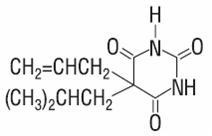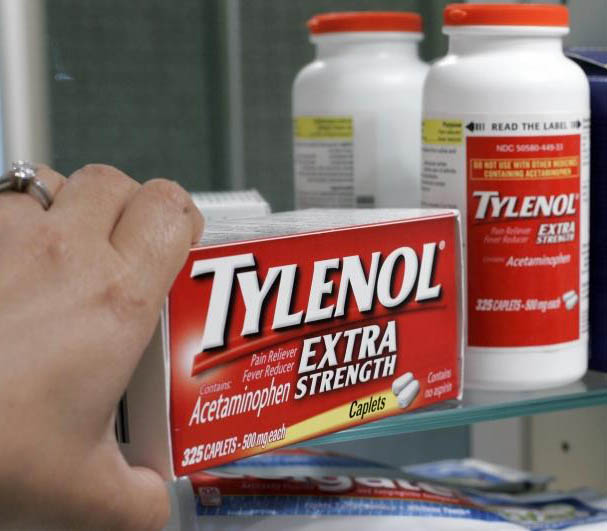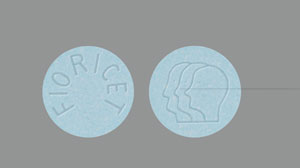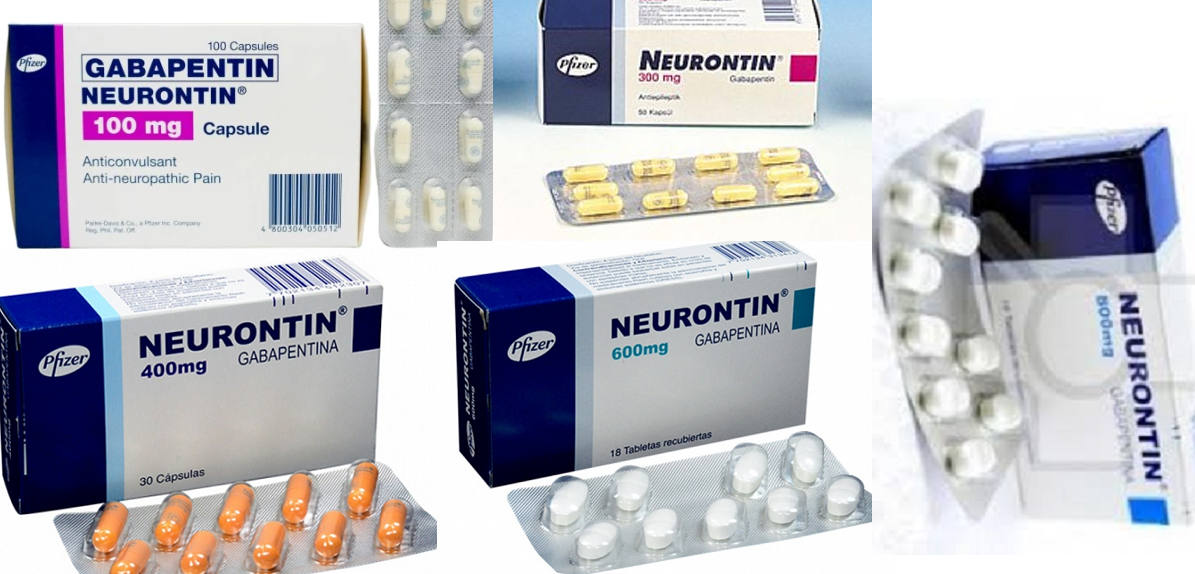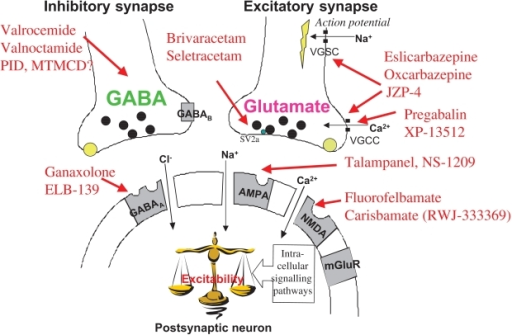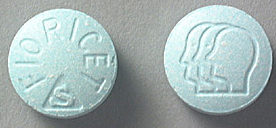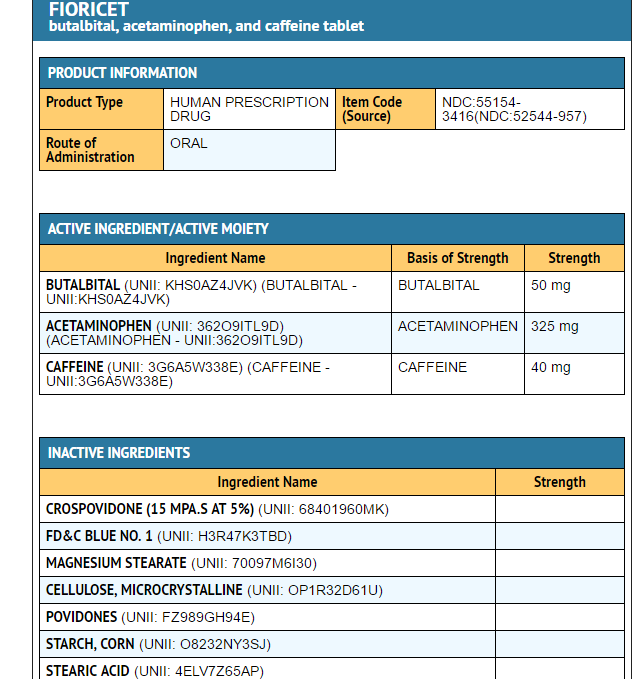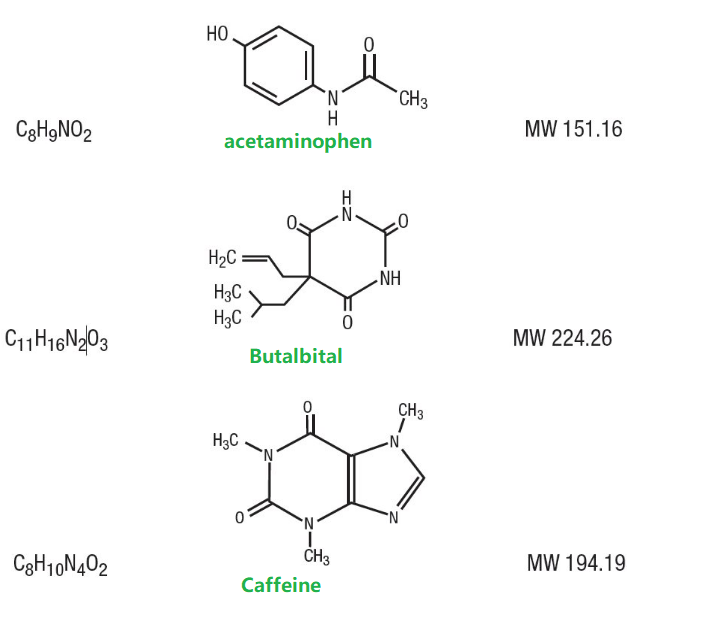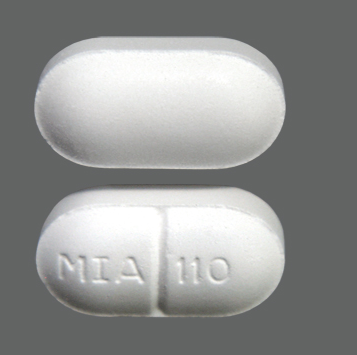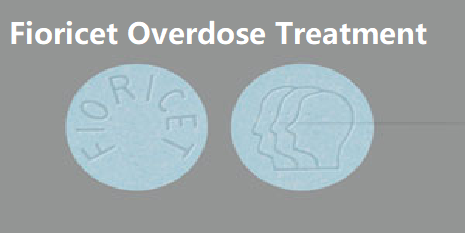A headache is a common health condition characterized by pain or discomfort in the head or upper neck area. It is one of the most common reasons people seek medical attention. Headaches can vary in intensity, duration, and frequency and may present with different symptoms depending on the underlying cause.
There are several types of headaches, including:
- Tension headaches: These are the most common type of headache and are often described as a dull, aching pain or pressure on both sides of the head. Tension headaches are typically triggered by stress, poor posture, or muscle tension.
- Migraine headaches: Migraines are a type of headache characterized by intense throbbing or pulsating pain, often on one side of the head. Migraine attacks are often accompanied by other symptoms such as nausea, vomiting, sensitivity to light and sound, and visual disturbances.
- Cluster headaches: Cluster headaches are relatively rare but extremely painful headaches that occur in cyclical patterns or clusters. They often cause severe pain around one eye or on one side of the head and may be accompanied by symptoms such as redness or tearing of the eye, nasal congestion, or restlessness.
- Sinus headaches: Sinus headaches are caused by inflammation or infection of the sinus cavities and are often accompanied by symptoms such as facial pain, pressure around the eyes or cheeks, nasal congestion, and postnasal drip.
- Rebound headaches: Rebound headaches, also known as medication-overuse headaches, can occur when overuse of pain medications, especially certain types of pain relievers, leads to a cycle of recurring headaches.
Headaches can be caused by a wide range of factors, including stress, tension, muscle strain, poor posture, dehydration, lack of sleep, eye strain, certain foods or food additives, hormonal changes, environmental factors, and underlying health conditions such as sinusitis, migraines, or high blood pressure.
Treatment for headaches depends on the type and underlying cause but may include over-the-counter or prescription pain medications, lifestyle changes, stress management techniques, and addressing any underlying health conditions.

What Should I do if i Get a Headache ?
If you get a headache, there are several steps you can take to alleviate it, depending on the severity and underlying cause of the headache. Here are some general recommendations:
- Identify triggers: Try to identify any potential triggers for your headaches, such as stress, dehydration, lack of sleep, certain foods, or environmental factors. Avoiding these triggers may help prevent future headaches.
- Rest: If possible, rest in a quiet, dark room. Lie down and close your eyes, as this can help reduce sensory stimulation and ease headache symptoms.
- Hydration: Drink plenty of water, as dehydration can sometimes contribute to headaches. However, avoid excessive caffeine or alcohol consumption, as these can sometimes worsen headaches.
- Over-the-counter pain relievers: Consider taking over-the-counter pain relievers such as acetaminophen (Tylenol), ibuprofen (Advil, Motrin), or aspirin to help alleviate headache pain. Follow the recommended dosage instructions on the packaging and avoid exceeding the maximum daily dose.
- Apply cold or heat: Applying a cold compress or ice pack to the forehead or the back of the neck can help numb the pain and reduce inflammation. Alternatively, some people find relief from applying a warm compress or taking a warm shower.
- Practice relaxation techniques: Techniques such as deep breathing, progressive muscle relaxation, meditation, or yoga may help alleviate headache symptoms, especially if stress or tension is a contributing factor.
- Massage: Gentle massage of the temples, neck, and shoulders can help relax tense muscles and alleviate headache pain.
- Avoid triggers: If you know certain activities, foods, or environmental factors trigger your headaches, try to avoid or minimize exposure to them.
If your headache is severe, persistent, or accompanied by other concerning symptoms such as confusion, difficulty speaking, weakness, numbness, visual disturbances, or a high fever, it’s important to seek medical attention promptly, as these could be signs of a more serious underlying condition.
